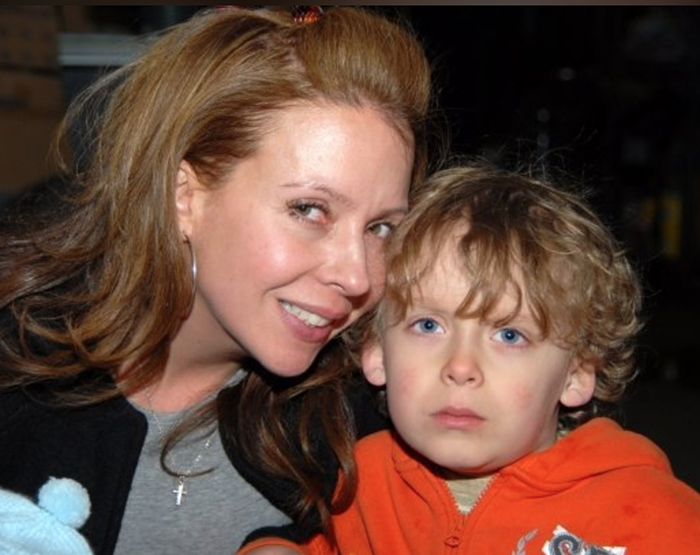Partnership has been the key to developing and delivering many of today’s most important medicines to patients. From the rapid development of COVID-19 vaccines to breakthroughs in cancer treatment, over the past few years in particular, we have seen first-hand the power of effective collaboration in action.
At the same time, the reality is that companies enter into deals to serve their individual business goals. With differing interests in mind, how can we ensure that partnerships are productive, deliver on both companies’ objectives – and, importantly, translate into real, meaningful positive outcomes for patients?
For more than two decades, I’ve had the privilege of working alongside outstanding partners in alliances across therapeutic areas and with companies of various sizes.
Here is my take on how to set up a partnership for success.
1. Put a stake in the ground together.
Each company will enter the partnership with its own perspective, personality, and priorities. In the most successful partnerships, both companies have determined early on that, despite their uniqueness, they share the same end goal, whether that be launching a new medicine or developing a new investigational asset.
This goal becomes the uniting force for the alliance, grounding all decision-making, prioritization, and focus, and helping shift each team’s “company-first” mentality to an “alliance-first” mentality. This is critically important in shaping how seamless, or disjointed, the alliance is perceived by its key stakeholders.
Genmab is a global biotechnology company that for more than 20 years has been at the forefront of advancing antibody-based science that – thanks to collaborations and partnerships – is behind seven FDA-approved medicines. Our partnerships are varied across the industry, but what grounds all of them is a shared focus on developing a best or first-in-class medicine in an area of high unmet need.
2. Invest your time and your best people…and build trust.
It’s rare that a partnership is an entirely seamless experience. Partnerships take commitment and effort. More than that, you need the right people to make a partnership work.
Once an agreement is signed, it’s critical that both companies dedicate the right teams to lead the alliance. And, that those teams are empowered to make decisions and dedicate the time and effort needed to build a strong alliance with a “one team” mentality and culture.
Each company entered into the partnership with clear and complementary strengths that when optimized together, will enable the success of the alliance. It’s important that both companies ensure their experience and resources are optimally represented and utilized but at the same time that each partner’s strengths are leveraged to ensure the alliance medicine is the most successful it can be.
Some successful partnerships go even a step further in sharing a commitment to helping the other company learn and grow from the alliance, whether that be learning how to build a development organization or enhance commercialization infrastructure.
At the same time, decision-making can take more time in a partnership, especially in the early stages, and establishing efficient and effective governance and ways of working can be complicated. This can lead to frustration and can discourage teams. It’s important that leaders in both companies anticipate this, and dedicate the time, and have the right people in the room, to establish governance, to make efficient decisions, and define clear roles and responsibilities from the beginning.
With strong culture and clear governance in place, the alliance team will have the tools they need to more efficiently make decisions together, ultimately building trust and effectiveness over time.
3. Don’t fear evolving your partnership – for the right reasons.
Sometimes, the best decision an alliance can make is to change.
Many years ago, I had the opportunity to contribute to an alliance between Bristol Myers Squibb and AstraZeneca. The alliance was well-functioning and resulted in several highly successful medicines. As Bristol Myers Squibb shifted its strategic focus, the partnership no longer aligned with the company’s direction. BMS sold its portion of the franchise to AstraZeneca, which then went on to continue to focus on this therapeutic area as a key growth driver. Ultimately, the best decision for each company, and for patients, can be to evolve the alliance.
This isn’t to say that all alliances should be terminated when strategies evolve. Rather, if we’ve built a trusted alliance, we can change together. In my experience, the best things in partnerships happen when leaders come together and have honest conversations about their company’s goals, the performance of the alliance, and new or different resources that could further enhance the alliance.
In fact, if an alliance starts to shift and look slightly different in different geographies, in different clinical trials, or for different investigational assets, that could lead to incredible things. But this takes time, people, and trust.
The bottom line on biotech partnership
In some ways, we’re just at the beginning of seeing the true potential of scientific collaboration to address the most urgent health challenges of our time. With the right teams, united in a shared goal, and empowered by strong culture and clear governance to operate as one alliance team, we can be faster, better, and help patients sooner.
Anthony Mancini joined Genmab in March 2020 as Executive Vice President and Chief Operating Officer. He is responsible for ensuring Genmab brings its innovative and differentiated medicines to patients around the world. He leads Genmab’s Commercialization as well as Information Technology /Digital functions. Prior to joining Genmab, Anthony served in a variety of strategic and operational leadership roles over a 24-year career at Bristol Myers Squibb (BMS) including the leadership of BMS’ US Innovative Medicines Unit, a cross-functional team of over 1100 people, across multiple therapeutic areas including Immunology & Cardiovascular diseases. He holds a Bachelor of Science in Biochemistry from the University of Ottawa, Canada, an M.B.A. from Clemson University, South Carolina, USA, and participated in the General Management Program, CEDEP at INSEAD, Fontainebleau, France. Anthony is a member of the BIO Board of Directors.




